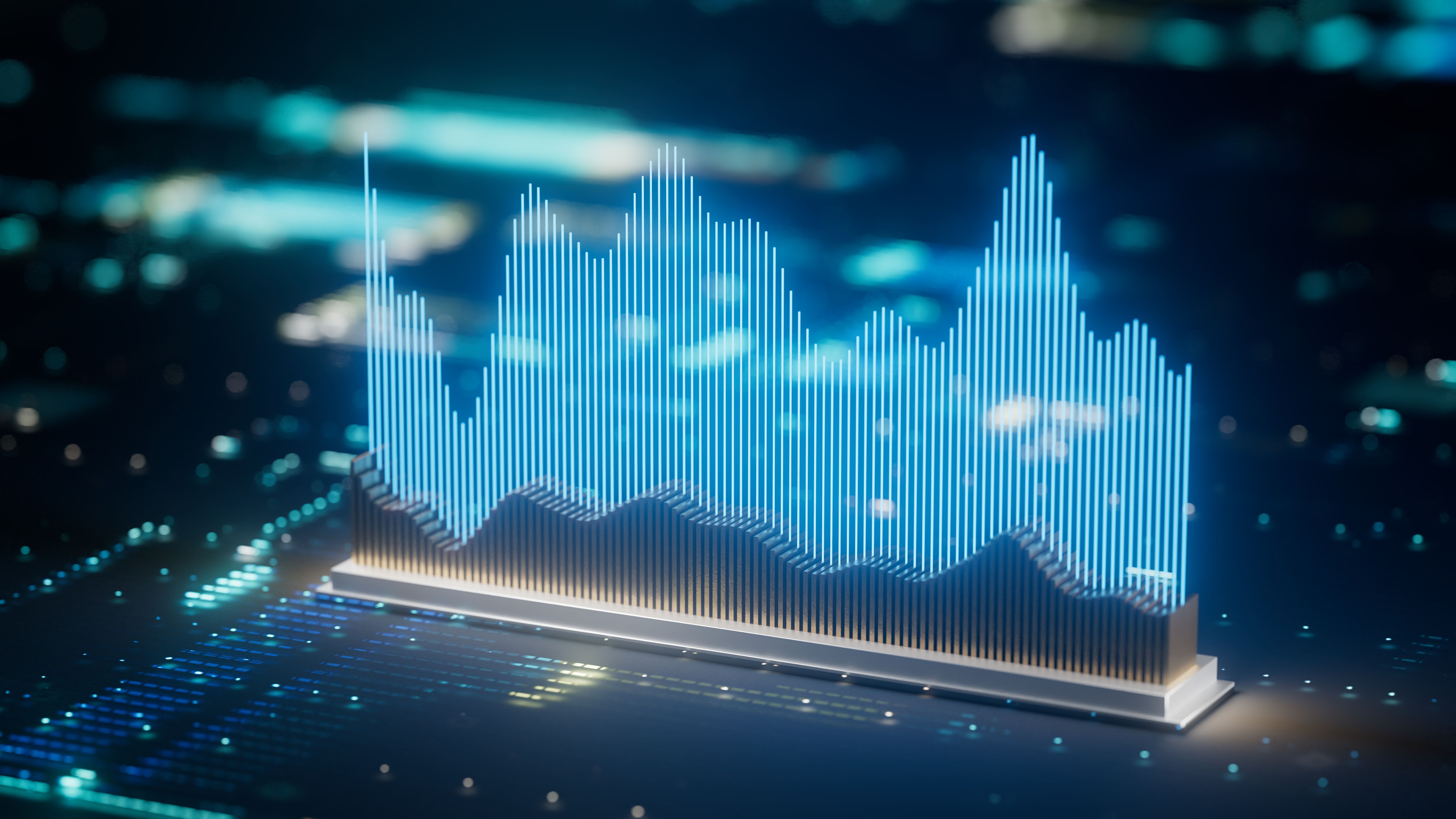PPI: A Key Indicator for Economic Analysis
What is the Producer Price Index (PPI)?
The Producer Price Index (PPI) is a critical economic indicator that measures the average change over time in the selling prices received by domestic producers for their output. It is a valuable tool for economists, investors, and policymakers to assess inflationary trends at the wholesale level before they reach consumers. By analyzing PPI data, stakeholders can gain insights into the underlying dynamics of the economy and make informed decisions.
PPI covers a wide range of industries, including manufacturing, agriculture, mining, and services. This breadth makes it a comprehensive measure of inflationary pressures across various sectors. Unlike the Consumer Price Index (CPI), which tracks the price changes of goods and services purchased by households, the PPI focuses on what producers receive for their products.

How is PPI Calculated?
The calculation of PPI involves collecting price data from thousands of producers every month. These prices are then aggregated into indexes for different industries and sectors. The Bureau of Labor Statistics (BLS) is responsible for publishing PPI data in the United States. The BLS classifies goods and services into three main categories: finished goods, intermediate goods, and raw materials.
- Finished Goods: These are products that have completed the manufacturing process and are ready for sale.
- Intermediate Goods: These are products used as inputs in the production of other products.
- Raw Materials: These are unprocessed materials used to produce goods and services.

Interpreting PPI Data
The PPI is often analyzed in conjunction with other economic indicators to provide a more complete picture of economic health. For instance, a rising PPI may signal increasing production costs, which can eventually lead to higher consumer prices as businesses pass on these costs to consumers. Conversely, a declining PPI might indicate decreasing production costs or reduced demand for products.
Investors and analysts closely watch PPI trends to predict inflationary movements and adjust their investment strategies accordingly. For businesses, understanding PPI data can help in setting pricing strategies, budgeting, and forecasting future expenses.

The Impact of PPI on Policy Making
Central banks and government agencies often use PPI data to inform monetary and fiscal policy decisions. Inflation control is a primary objective for many central banks, and PPI provides an early signal of potential inflationary pressures. If PPI indicates rising inflation, central banks might consider tightening monetary policy by increasing interest rates to curb demand.
Similarly, policymakers can use PPI data to identify sectors experiencing significant price changes and develop targeted interventions to stabilize prices. This proactive approach can help maintain economic stability and foster sustainable growth.
The Limitations of PPI
While PPI is a valuable economic indicator, it does have limitations. One notable limitation is that it doesn't account for changes in consumer behavior or quality adjustments. Additionally, PPI does not capture price changes for imported goods, which can also influence domestic inflation levels.
Despite these limitations, PPI remains an essential tool for economic analysis. By understanding its components and implications, stakeholders can better navigate the complexities of economic trends and make more informed decisions.
